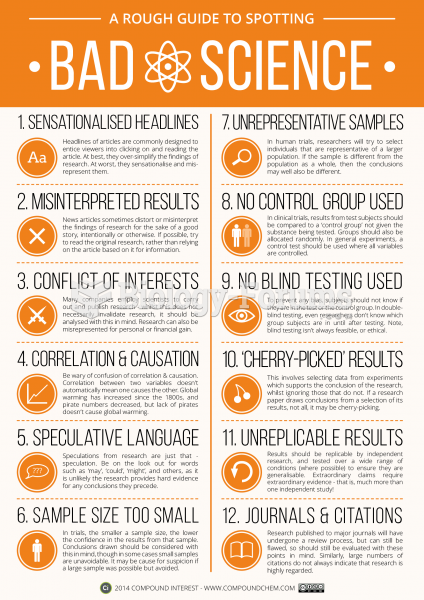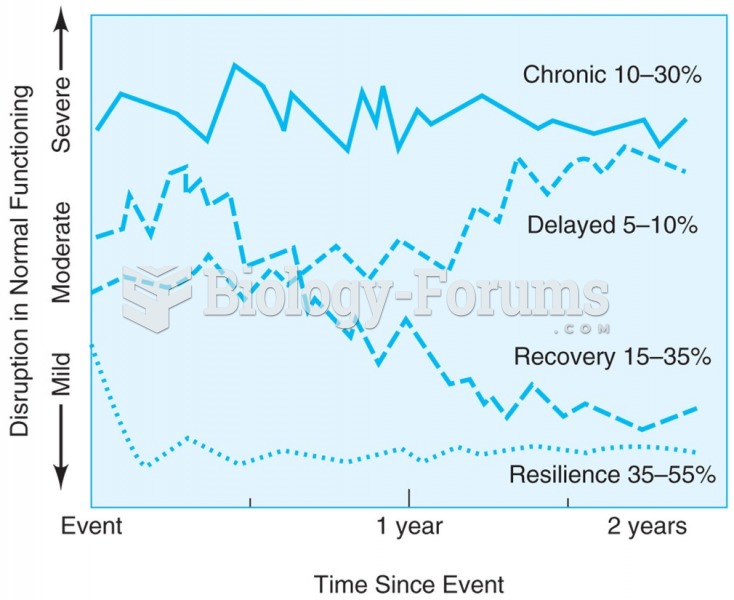Answer to Question 1
Exercisers often report feeling like they are running on a cloud during and following a challenging endurance workout. This feeling is often referred to as a runner's high and has been the subject of scientific study and debate. As our understanding of the phenomenon emerges, researchers are attributing the euphoria to two different biological reactions.
During vigorous exercise, endorphins are released from the pituitary gland in the brain as a response to physical discomfort. Endorphins can create feelings of euphoria and natural well-being. Higher levels of endorphins often result from aerobic endurance activities and may remain elevated for as long as 30 to 60 minutes after exercise. Endorphins also act as painkillers.
As a response to prolonged stress, the brain also releases endocannabinoidsa natural biological version and dose similar to the effects of marijuana. While endorphins are created only by specialized neurons, endocannabinoids can be created by any body cell, and are believed to induce a feeling of calmness.
Answer to Question 2
Cross-training combines two or more activities in an exercise program. This type of training is designed to enhance fitness, provide needed rest to tired muscles, decrease injuries, and eliminate the monotony and burnout of single-activity programs. Cross-training may combine aerobic and nonaerobic activities such as moderate jogging, speed training, and strength training.
Cross-training can produce better workouts than a single activity. For example, jogging develops the lower body and swimming builds the upper body. Rowing contributes to upper-body development and cycling builds the legs. Combining activities such as these provides good overall conditioning and at the same time helps to improve or maintain fitness.
As exercisers have become savvier about achieving results and avoiding injury, cross-training is popping up more often in health-club programs and fitness classes. Combined activity classes are now available and more popular. You are likely to see a yoga and tribal dance combination class at your gym, or a stationary cycling class where participants perform pushups off the handlebars and arm movements with small weights. Boutique gyms, which traditionally focus on one or two specific workouts, are creating recovery day-classes that may include a yoga program designed specifically with their clientele in mind. Cross-training also offers an opportunity develop new skills and have fun with different activities.







